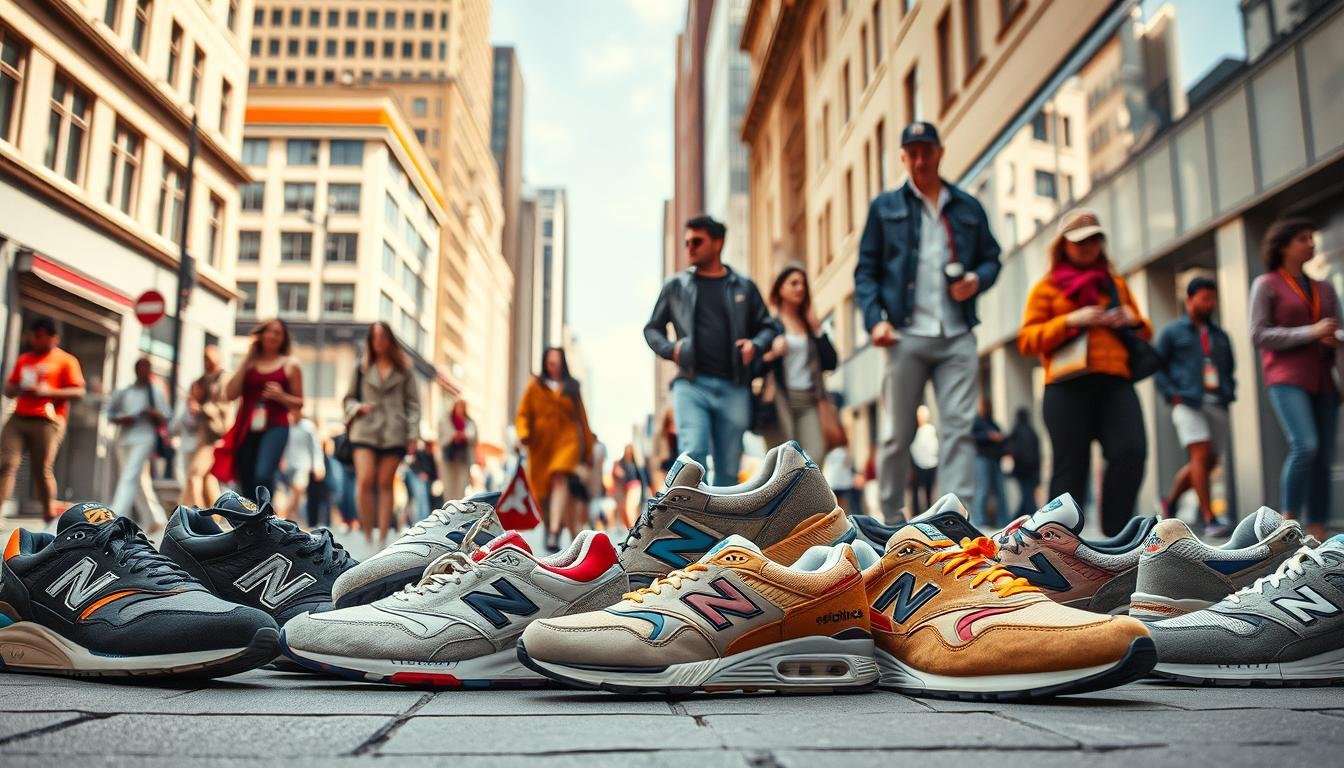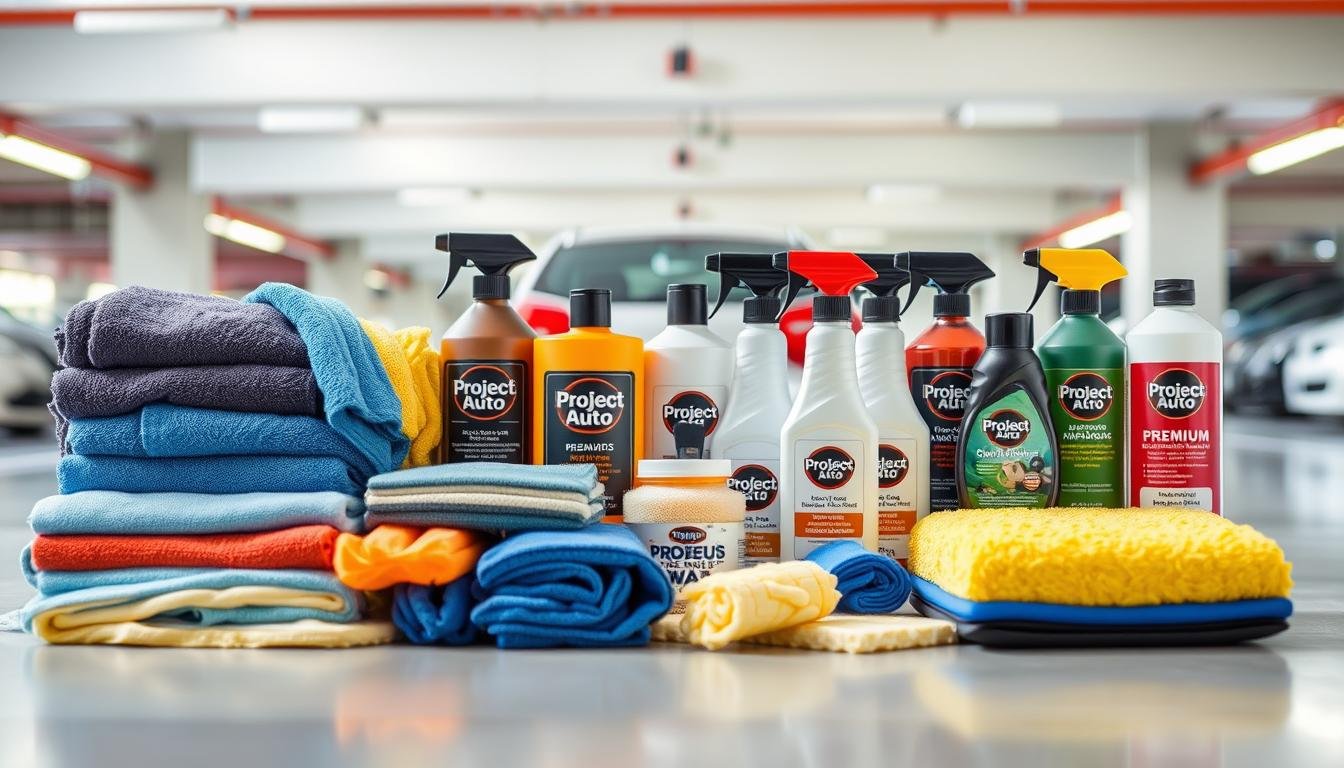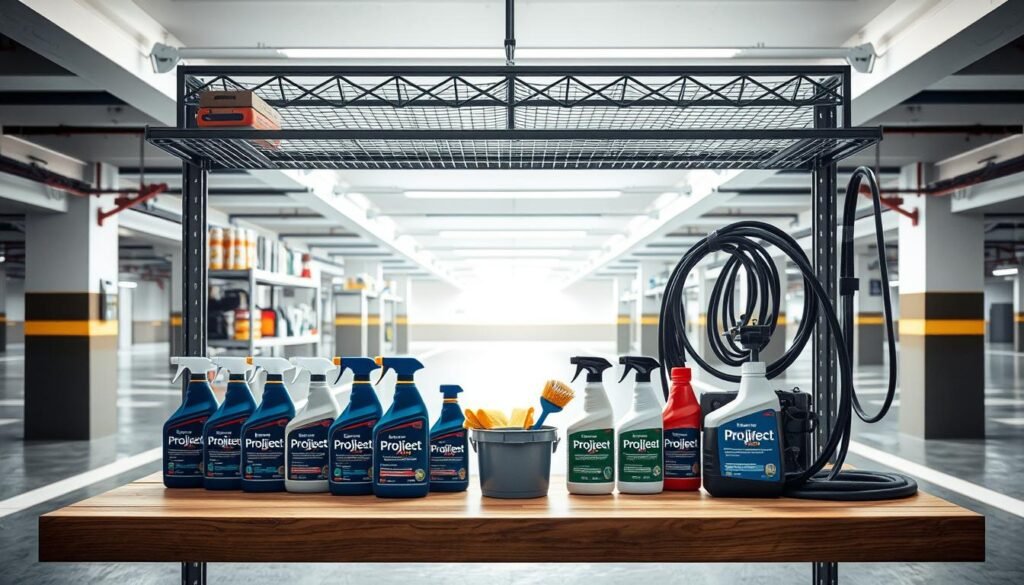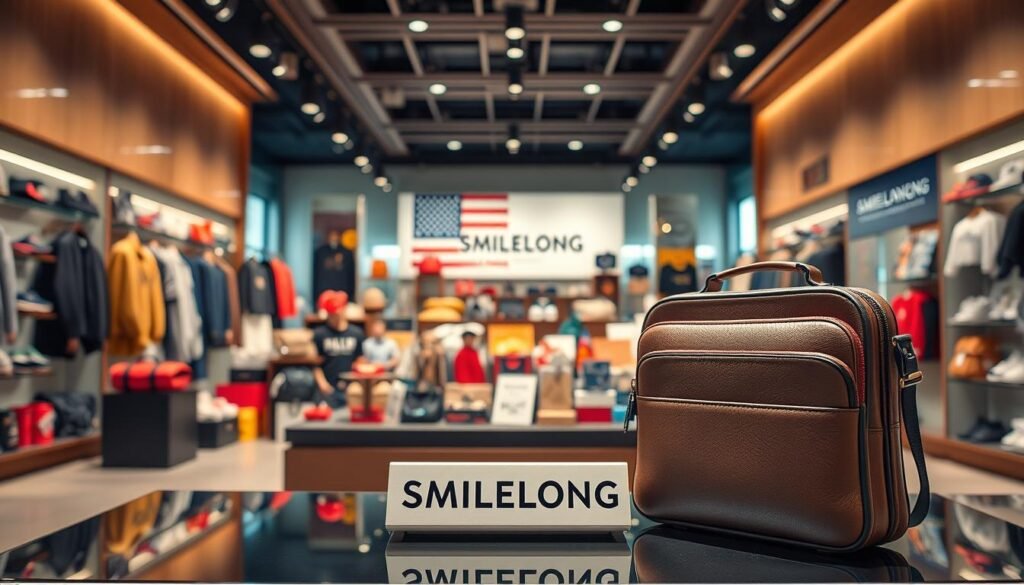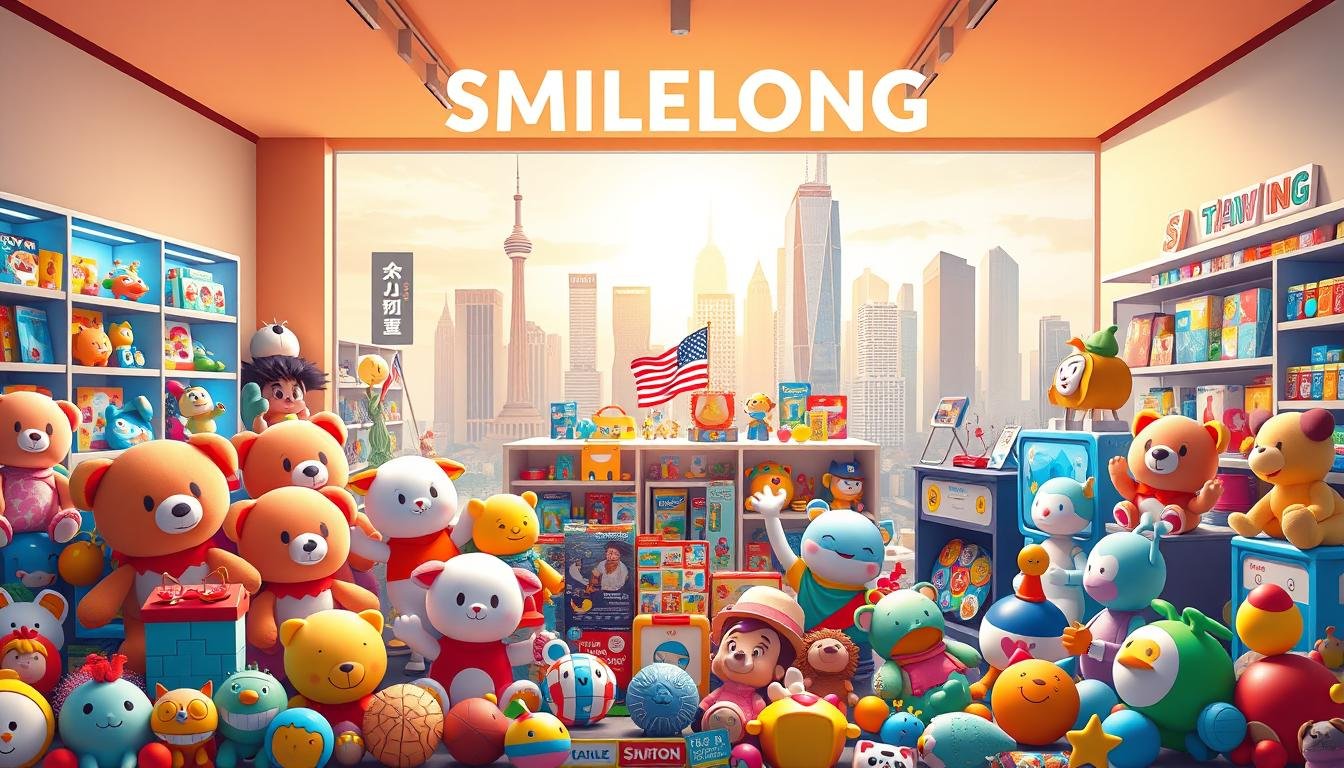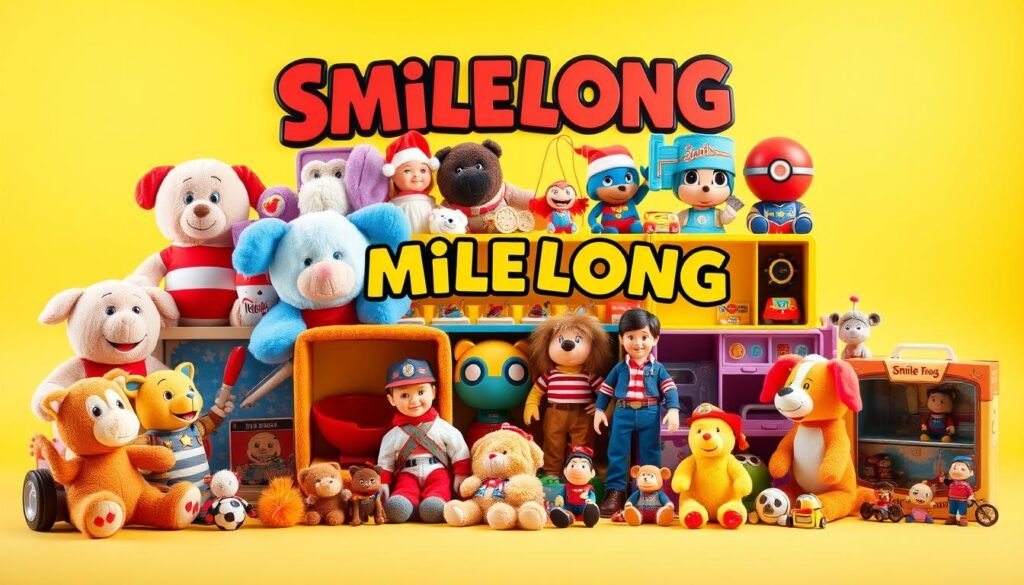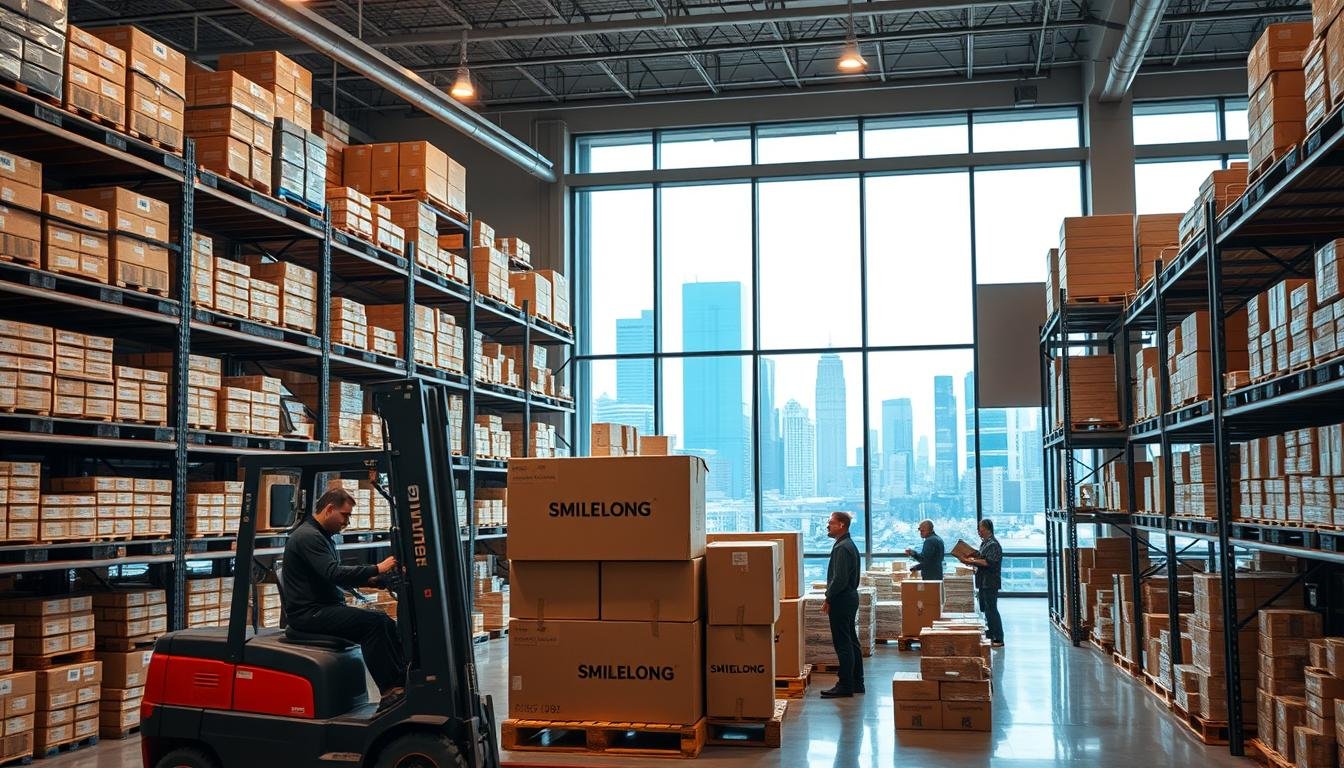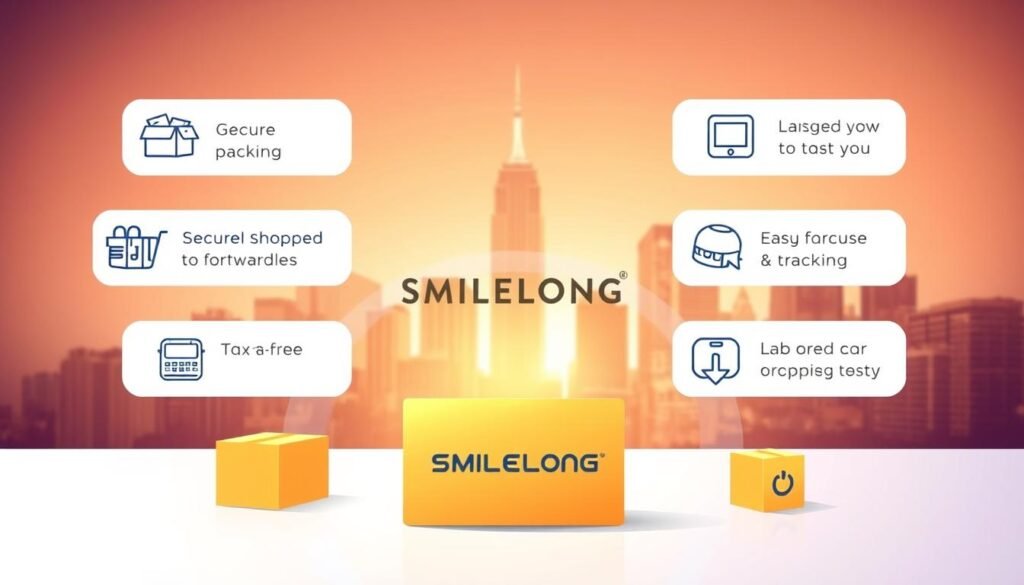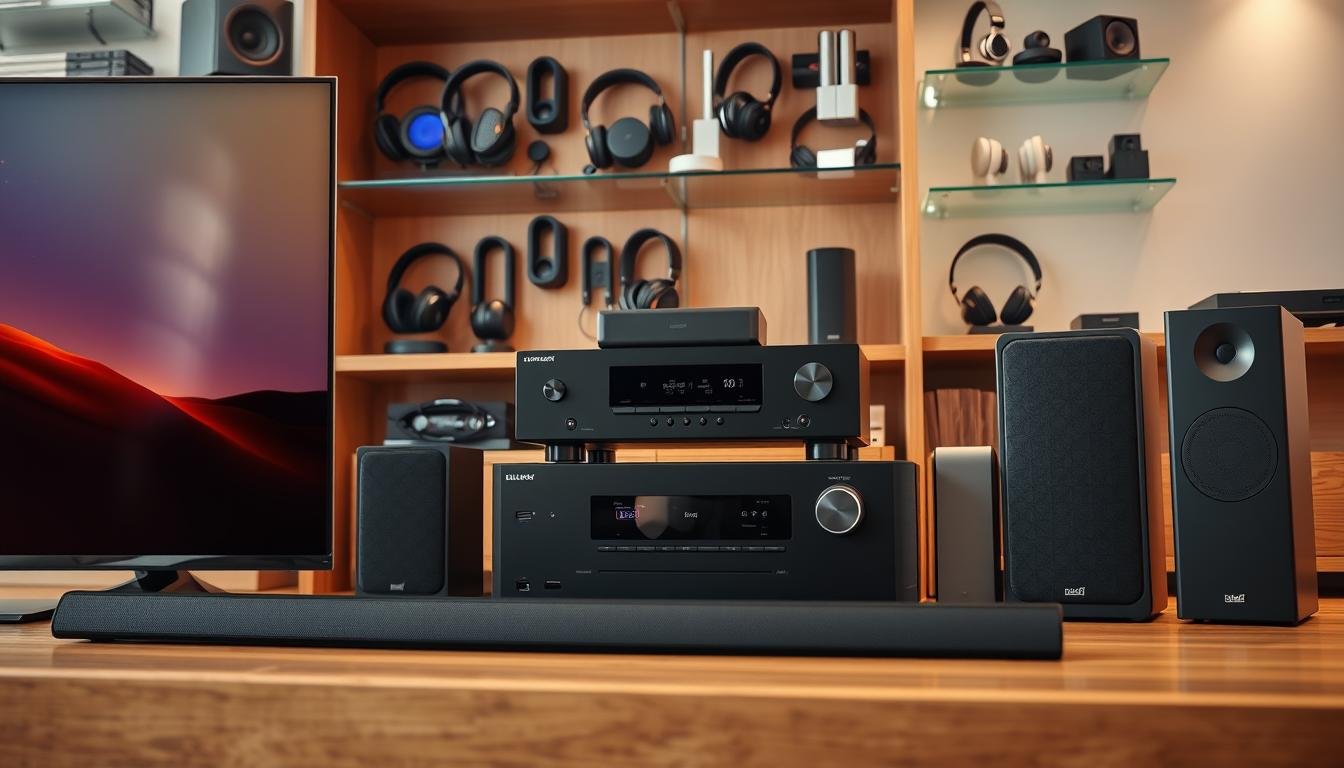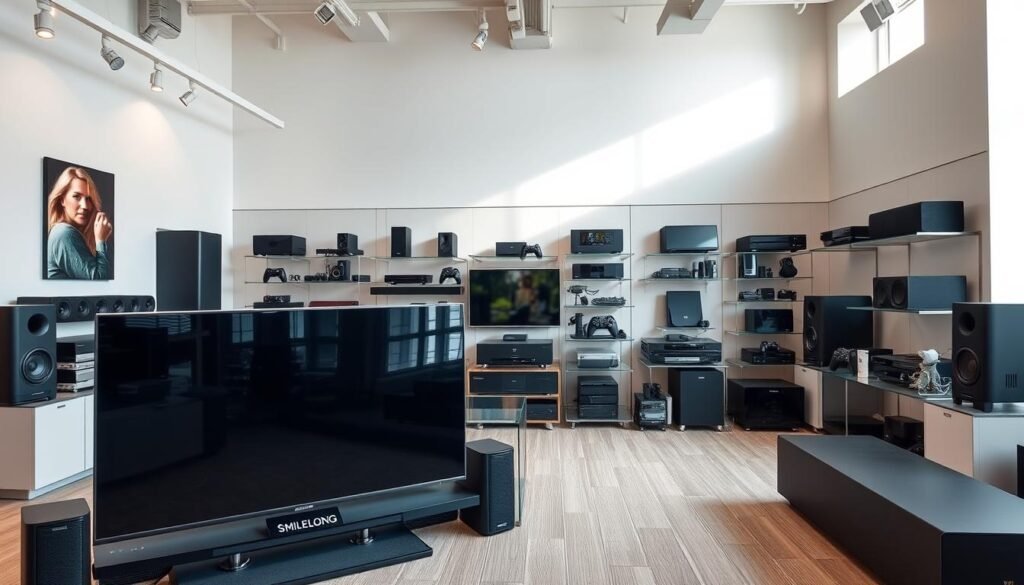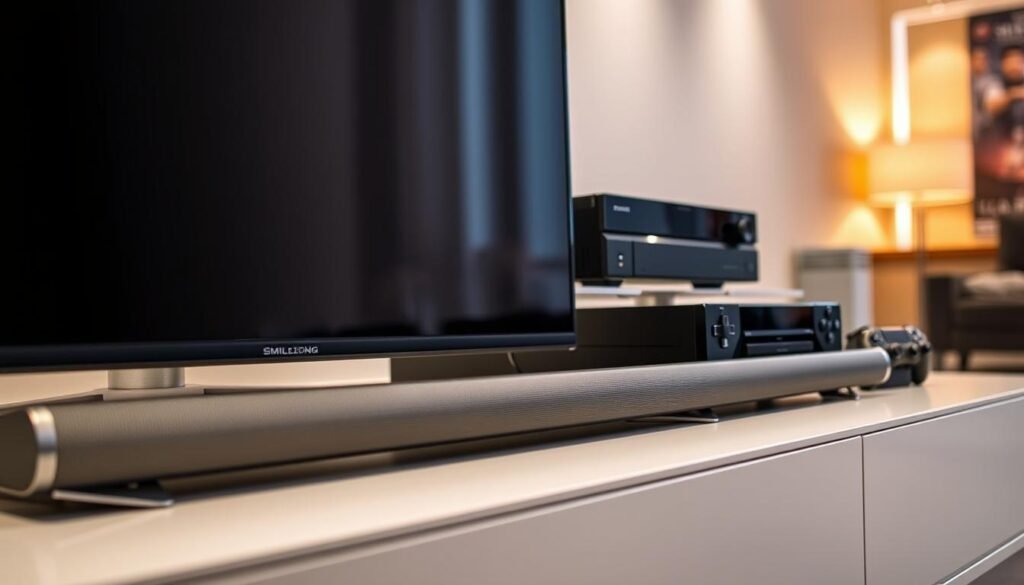New Balance 休閒鞋不僅僅是一雙普通的運動鞋,它更是展現個人品味的時尚單品。從街頭文化到日常穿搭,New Balance 運動鞋已經成為許多年輕人的首選。
在香港這個充滿活力的城市中,New Balance 台灣系列為您提供了無限的穿搭可能性。不管是輕鬆休閒還是運動出街,這些 GeTheMall New Balance鞋款推薦 都能滿足您的不同需求。
重點摘要
- New Balance 舒適鞋款融合街頭風格與實用性
- 多樣化的設計滿足不同穿搭需求
- 舒適度與時尚感完美結合
- 適合各種年齡層的時尚選擇
- 質量卓越的運動鞋品牌
New Balance 舒適鞋款介紹
在運動鞋市場中,New Balance鞋款推薦一直以其卓越的舒適性和出色的設計而備受歡迎。每一雙New Balance 舒適鞋款都代表了運動鞋科技的巔峰之作,為追求極致舒適的運動愛好者提供了無與倫比的體驗。
當您考慮購買New Balance慢跑鞋時,您將發現這個品牌致力於創造最符合人體工學的鞋款。New Balance熱門款式不僅僅是外觀時尚,更重要的是其背後蘊含的科技與設計理念。
為什麼選擇New Balance 舒適鞋款
New Balance鞋款推薦的主要原因包括:
- 卓越的腳部支撐系統
- 創新的緩震科技
- 精準的腳型設計
- 高品質的材料選擇
New Balance鞋款推薦的基本特點
每一雙New Balance 舒適鞋款都具備以下關鍵特徵:
- 先進的緩震技術
- 輕量化設計
- 優秀的通風性
- 長久耐穿
「New Balance不僅是一雙鞋,更是運動科技的完美詮釋。」
無論您是專業運動員還是休閒運動愛好者,New Balance都能為您提供最佳的運動鞋選擇。選擇New Balance鞋款推薦,就是選擇了舒適、性能與風格的完美結合。
最新New Balance鞋款推薦
想要找到完美的New Balance鞋款推薦?本文將帶您探索當季最熱門的舒適鞋款,助您輕鬆打造時尚運動風格。New Balance不僅是一個運動鞋品牌,更是生活態度的展現。
當季流行的New Balance鞋款推薦
今年最搶眼的New Balance熱門款式包括經典的New Balance 574和New Balance 996系列。這些鞋款不僅外型時尚,更兼具絕佳舒適性,成為街頭潮流必備單品。
- New Balance 574:復古運動風格,適合日常休閒穿搭
- New Balance 996:經典設計,兼具運動與時尚感
不同場合的New Balance 舒適鞋款
無論是運動、旅遊還是日常穿搭,New Balance 舒適鞋款都能完美滿足您的需求。不同系列的鞋款針對不同活動提供客製化的舒適體驗。
| 場合 | 推薦款式 | 特點 |
|---|---|---|
| 日常休閒 | New Balance 574 | 輕盈舒適,百搭時尚 |
| 運動訓練 | New Balance 996 | 高支撐性能鞋款 |
新手選擇New Balance鞋款推薦的指導
選購New Balance鞋款時,建議先考慮個人的穿著需求和腳型。不同的New Balance 舒適鞋款提供獨特的設計和功能,新手可以根據以下建議進行選擇:
- 先了解自己的運動和日常需求
- 試穿不同款式,確保舒適度
- 關注鞋款的材質和支撐性
- 選擇符合個人風格的顏色和設計
每一雙New Balance鞋款都是獨特的生活夥伴,找到最適合自己的才是最重要的!
New Balance 舒適鞋款的設計與技術
New Balance 運動鞋不僅僅是一雙普通的鞋款,更是科技與舒適的完美結合。每一雙New Balance鞋款推薦都蘊含了先進的設計理念和創新技術,為運動愛好者帶來極致的穿著體驗。

New Balance 舒適鞋款的核心技術
- 緩震科技:採用Fresh Foam材料,提供卓越的衝擊吸收能力
- 動態支撐系統:根據腳部運動軌跡客製化支撐
- 透氣網面設計:確保雙腳涼爽乾爽
- 輕量化鞋底:減輕行走和跑步負擔
如何挑選合適的New Balance鞋款推薦
選購New Balance 舒適鞋款時,您應注意以下關鍵因素:
- 評估您的運動類型和腳型特徵
- 檢查鞋款的緩震性能
- 試穿確認舒適度
- 考慮鞋款的透氣性能
保持New Balance運動鞋舒適性的維護技巧
為延長New Balance鞋款的使用壽命和舒適度,建議採取以下保養方法:
- 定期清潔鞋面和鞋底
- 避免將鞋款長期暴露在陽光直射下
- 使用專業的運動鞋清潔劑
- 適當輪換不同的New Balance 運動鞋
通過專業的技術設計和細心的保養,您的New Balance 舒適鞋款將始終保持最佳狀態,陪伴您暢享運動的每一刻。
New Balance鞋款推薦的穿搭風格
當您選擇New Balance休閒鞋時,穿搭是展現個人風格的重要關鍵。New Balance 舒適鞋款不僅提供絕佳的舒適度,更能幫助您塑造獨特的街頭時尚形象。在New Balance台灣的多元鞋款中,您可以輕鬆找到適合自己風格的選擇。
New Balance鞋款推薦著重於versatility,無論是運動休閒或日常穿搭,都能完美呈現您的個人品味。從經典復古款到現代運動風,New Balance休閒鞋提供多樣化的搭配可能性。建議搭配簡約的牛仔褲、運動短褲或休閒長褲,創造出輕鬆自在的造型。
對於想要打造獨特風格的您,New Balance 舒適鞋款是最佳選擇。不同顏色和款式的New Balance鞋款推薦,能夠滿足不同場合和個人喜好。無論您是追求運動感還是時尚感,New Balance都能提供完美的解決方案。
您的穿搭風格應該反映個人特色。選擇New Balance休閒鞋,不僅是穿上一雙舒適的鞋子,更是展現自信與品味的方式。透過精心搭配,您可以輕鬆打造專屬於自己的New Balance 舒適鞋款風格。
FAQ
為什麼New Balance的鞋款如此受歡迎?
New Balance的鞋款因其卓越的舒適性、優質的設計和多樣的風格而備受推崇。無論是運動還是休閒,New Balance都能提供完美的鞋款推薦,滿足不同族群的穿著需求。
New Balance有哪些最受歡迎的鞋款系列?
目前最受歡迎的New Balance鞋款包括574、996和990系列。這些經典款式不僅舒適,還能輕鬆搭配各種穿搭風格,是New Balance鞋款推薦的首選。
如何正確選擇合適的New Balance 舒適鞋款?
選擇New Balance 舒適鞋款時,需要考慮您的腳型、使用場景和個人風格。建議先量腳型、了解自己的運動需求,然後根據New Balance鞋款推薦清單,選擇最適合的款式。
New Balance的運動鞋適合日常穿戴嗎?
絕對適合!New Balance的許多鞋款不僅專為運動設計,更是街頭時尚的絕佳選擇。New Balance 舒適鞋款兼具機能性和時尚感,是現代都市生活的完美搭檔。
New Balance鞋款的尺碼如何選擇?
選擇New Balance鞋款時,建議實體店試穿或參考官方尺碼對照表。不同系列可能略有差異,建議留意寬窄版型,確保選到最舒適的New Balance鞋款推薦。
New Balance的鞋款適合哪些運動?
New Balance提供多元化的運動鞋款,從慢跑、健身到日常休閒都有專業設計。不同系列的New Balance 舒適鞋款針對不同運動需求,能提供絕佳的支撐和緩衝。
New Balance鞋款的價格範圍是多少?
New Balance鞋款推薦的價格從入門級約1,500元到高端系列可達5,000元不等。根據個人預算和需求,您可以找到適合的New Balance 舒適鞋款。
如何辨別New Balance鞋款的真偽?
購買New Balance鞋款時,建議從官方授權商店或官網購買。檢查鞋款細節、縫線、LOGO和鞋盒,可以有效識別真偽。New Balance鞋款推薦always強調品質和真實性。

